German Denim Dreams: LUIS DOBBELGARTEN's No/Faith Studios
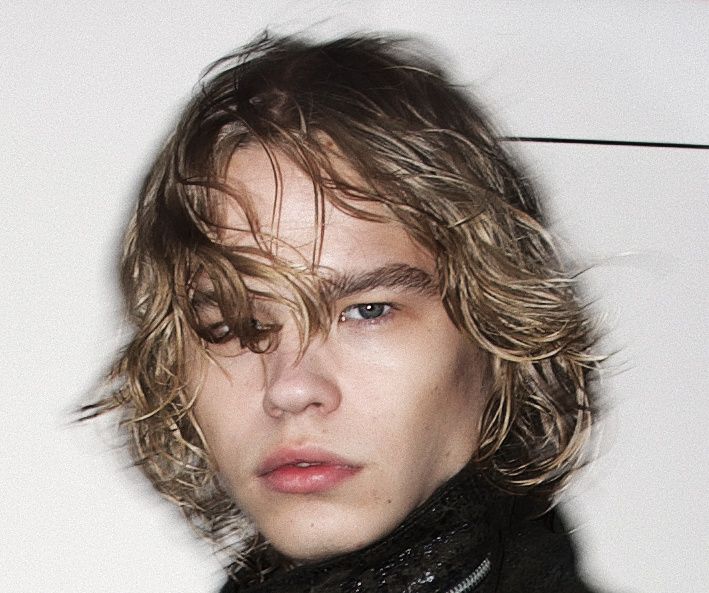
Denim’s seven decades of popularity may make it seem like all possibilities have been exhausted by now. But No/Faith Studio’s 2020 denim debut made a strong case that there is still new territory to explore. With their youthful and gender-fluid designs that mix urban and religious iconography—such as a procession to the Calvary with a crucifix in front of a sex shop—No/Faith Studios has garnered acclaim in European, American, and Asian markets, and has recently launched their newest collection, Raum 233 (2023), which showcases their growing interest in fine Italian leather as well as their continued evocative use of denim. The head of No/Faith Studios, Luis Dobbelgarten, and his friend turned business associate, Moritz Himmler AKA Mocielo, give us a glimpse into past, present, and future of No/Faith Studios.

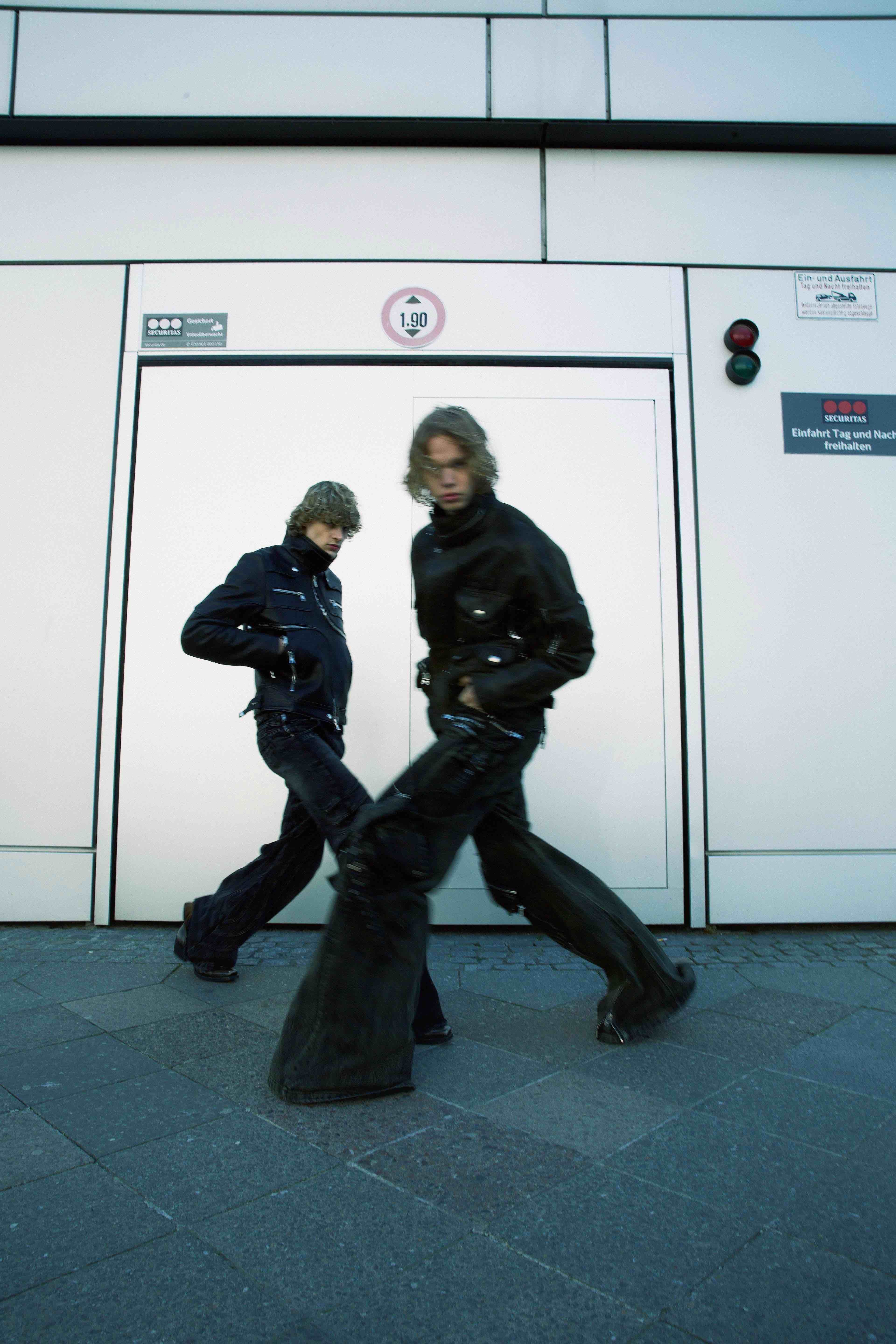
ALMA LEANDRA: Did you always want to be a part of the fashion industry?
LUIS DOBBELGARTEN: Let’s take it from the genesis, from the humble garden where screen printing reigned supreme and my passion for customizing T-shirts was born. In my 15- to 16-year-old brain, I wasn’t fixated on unraveling the technical secrets of garments and fabrics. All I wanted to do was make stuff that resonated with me. The pivotal moment arrived when I finally had the financial capacity to manufacture leather pieces in the land of the bel paese. The hoodies sold well, and I was able to launch my first production, which ignited my zeal for fashion. It separated me from just being “the boy who prints t-shirts.” The financial resources were the driving force behind my urge to experiment and create some crazy shit.
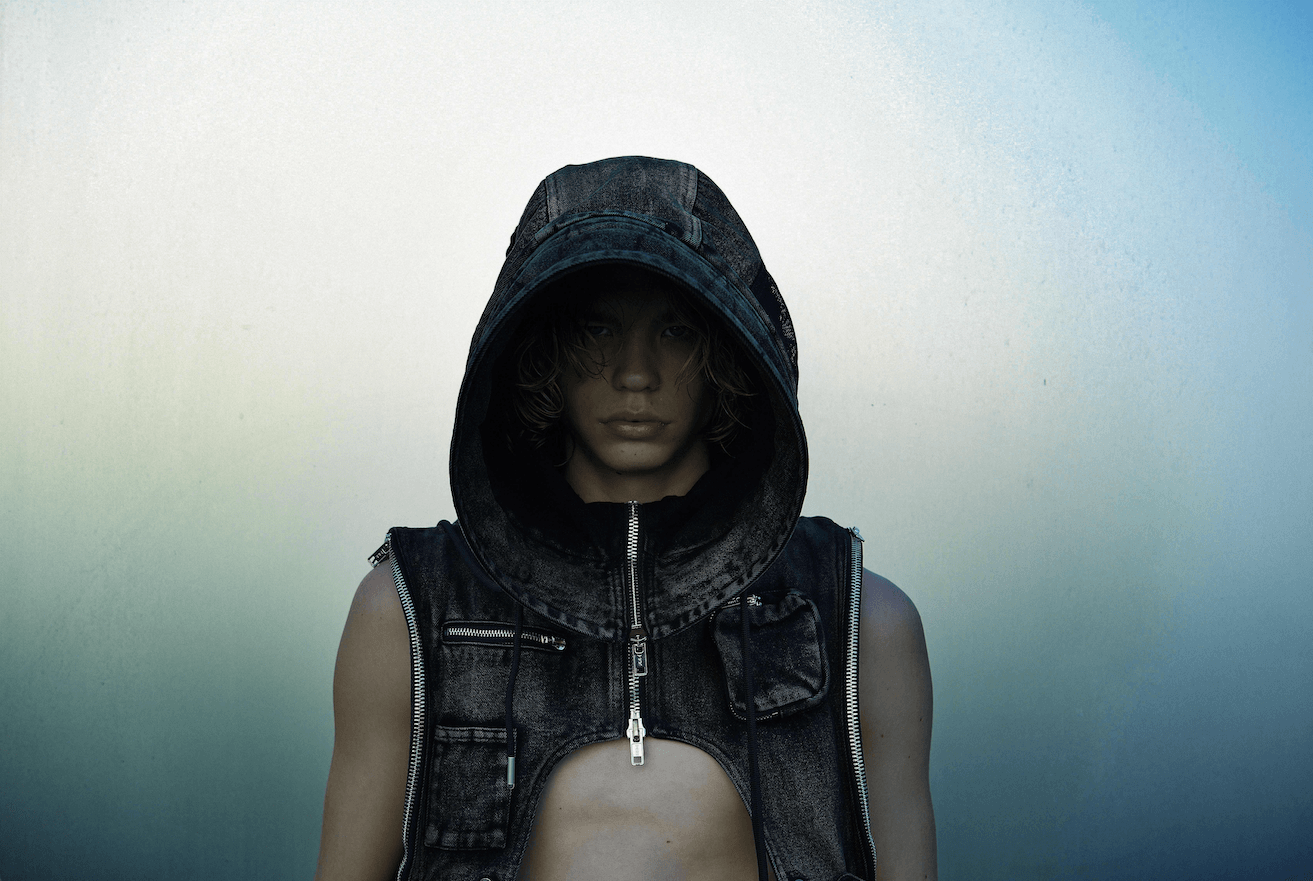
AL: Denim became popular in the 1950s as a symbol of youthful nonconformity, and it has a historical connotation with blue-collar labor, particularly in the American West. Coming from Germany, where did your interest in denim come from?
LD: My foray into the realm of fashion was profoundly shaped by my passion for skating, which I had cultivated since I was five years old. In those early years, I was drawn to the snug fit of super skinny pants, so much so, that I would stealthily pull them from the women’s section. As I grew older, my tastes evolved, and I craved a pair of baggy jeans that I would don day in, day out. This marked a turning point in my fashion journey, as denim took on an all-consuming role. I recognized that pants were the linchpin of any outfit and began to style around them.
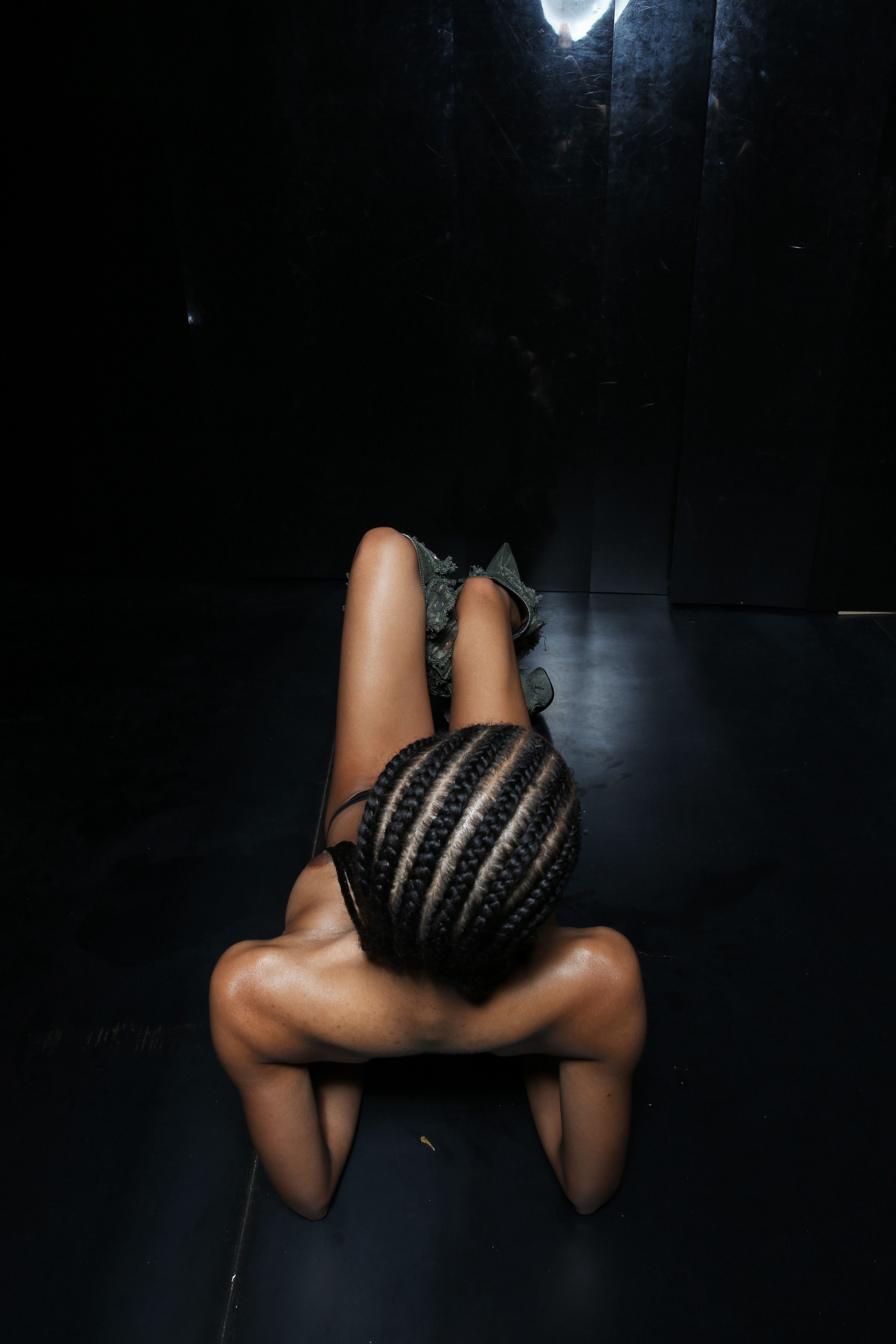
AL: How did you meet Mocielo?
LD: We met at Paris Fashion Week. Serendipitously, Moritz is from my neighboring village, yet we never crossed paths. We were instantly on the same wavelength about all things related to the design process and school of life. That was one and a half years ago. Also working with us is my brother Leon Dobbelgarten, who is basically a jack-of-all-trades. From customer support to management, he does it all. Admittedly, our customer service is falling behind sometimes [laughs], but that’s because we get way too many requests.
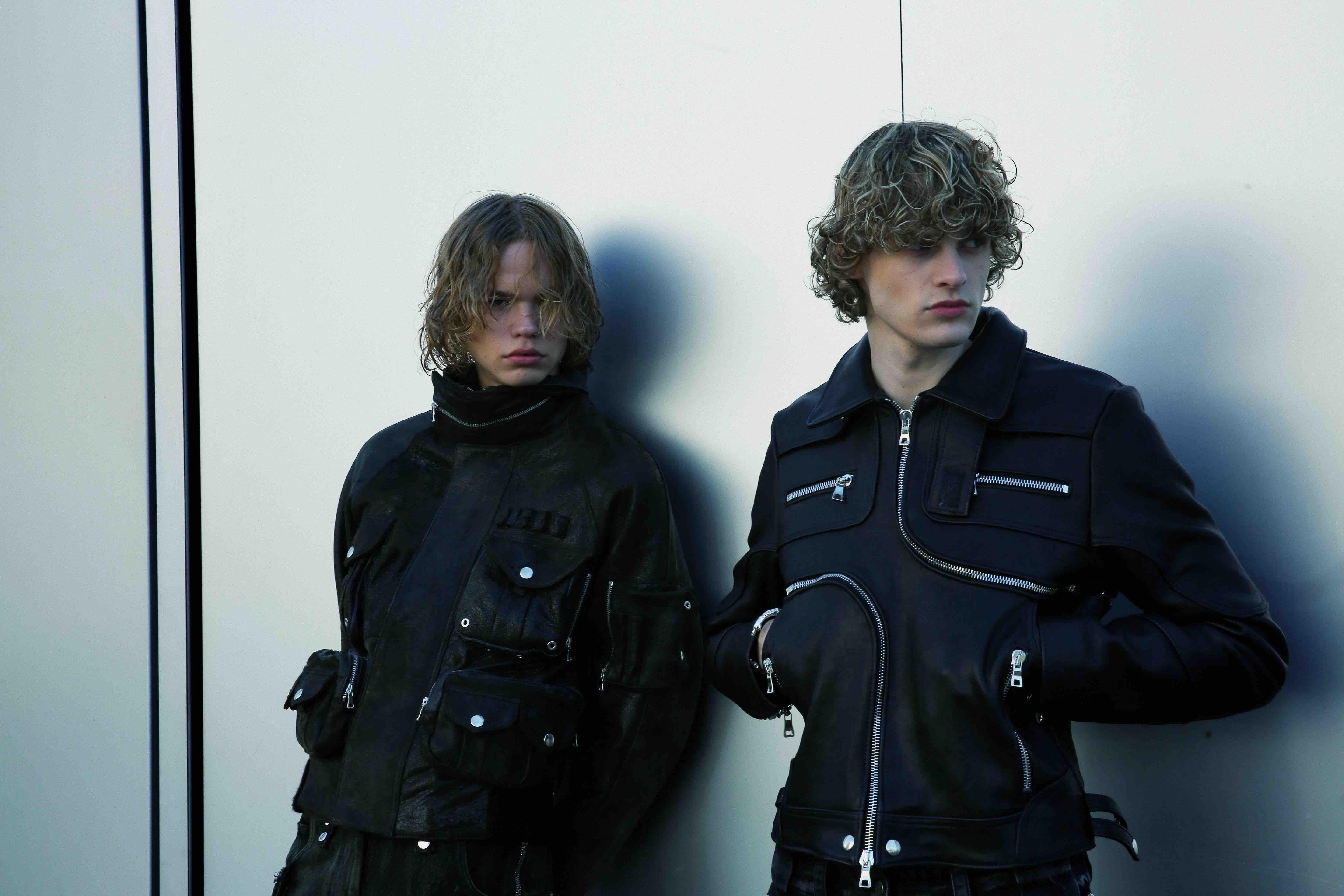
MORITZ HIMMLER: Our goal now will be to build a team. We realized that we are extremely like-minded and have a strong-knit symbiosis. Working with a larger variety of people and automatically soliciting other viewpoints will be exciting.
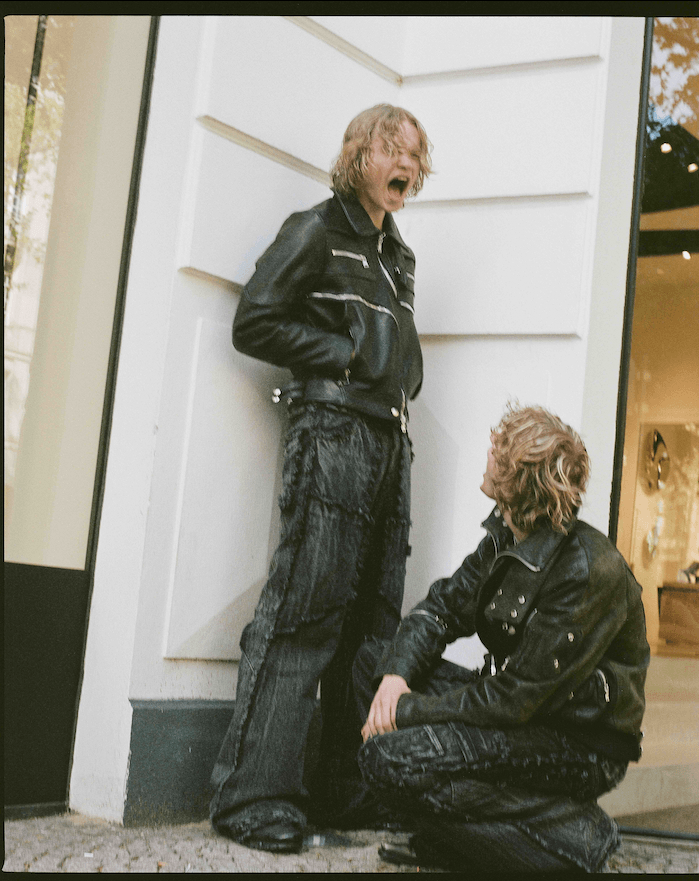
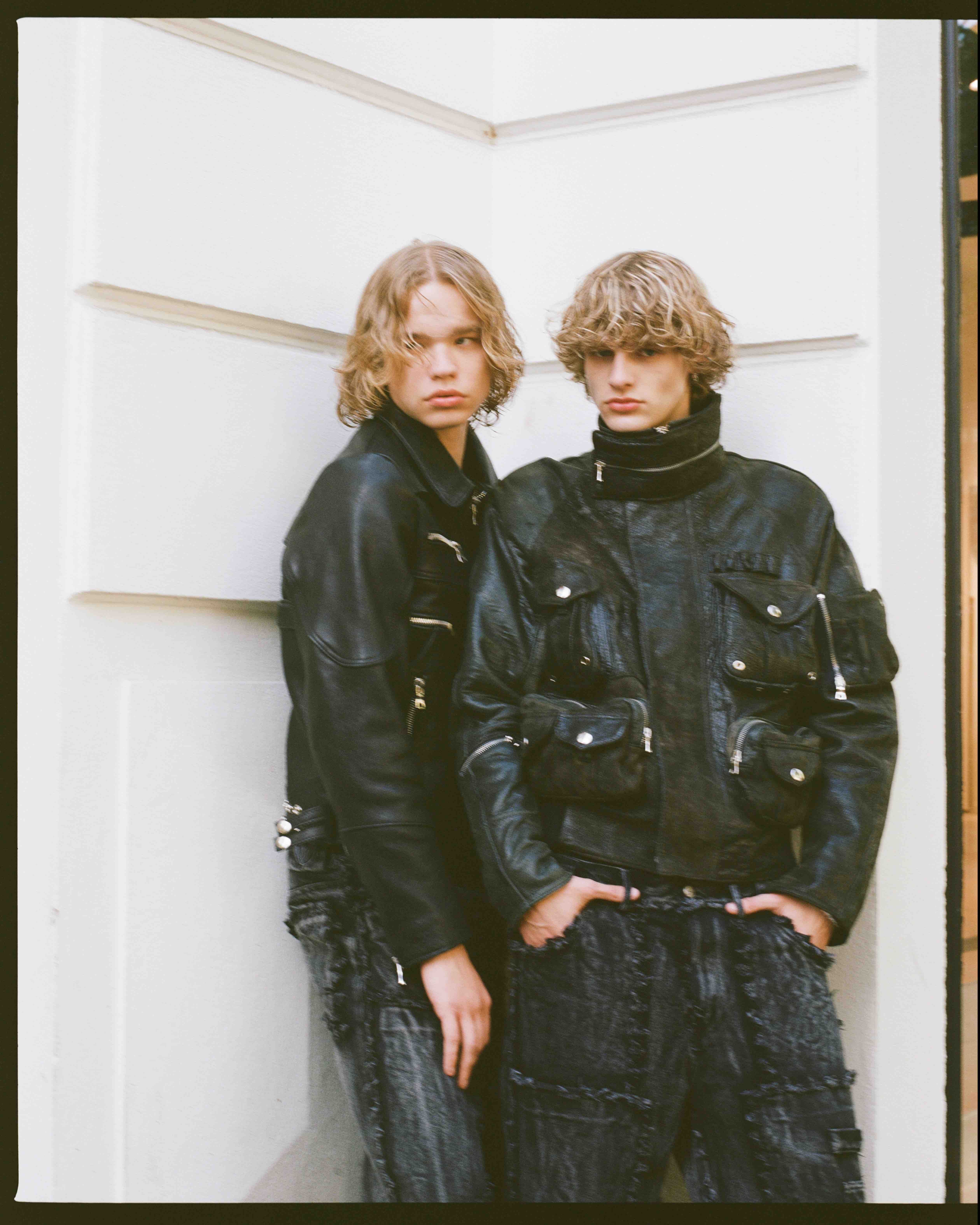
AL: The omnipresence of denim and the Y2K aesthetic is undeniable. Is this trend a means of marketing or one that fits your brand identity?
LD: We never intended to do full on Y2K or actively seek to pigeonhole ourselves within its confines. Right now, the most recognizable reference might be the early 2000s, but we also draw inspiration from work and military wear. We just design what we feel like and what we would wear ourselves.
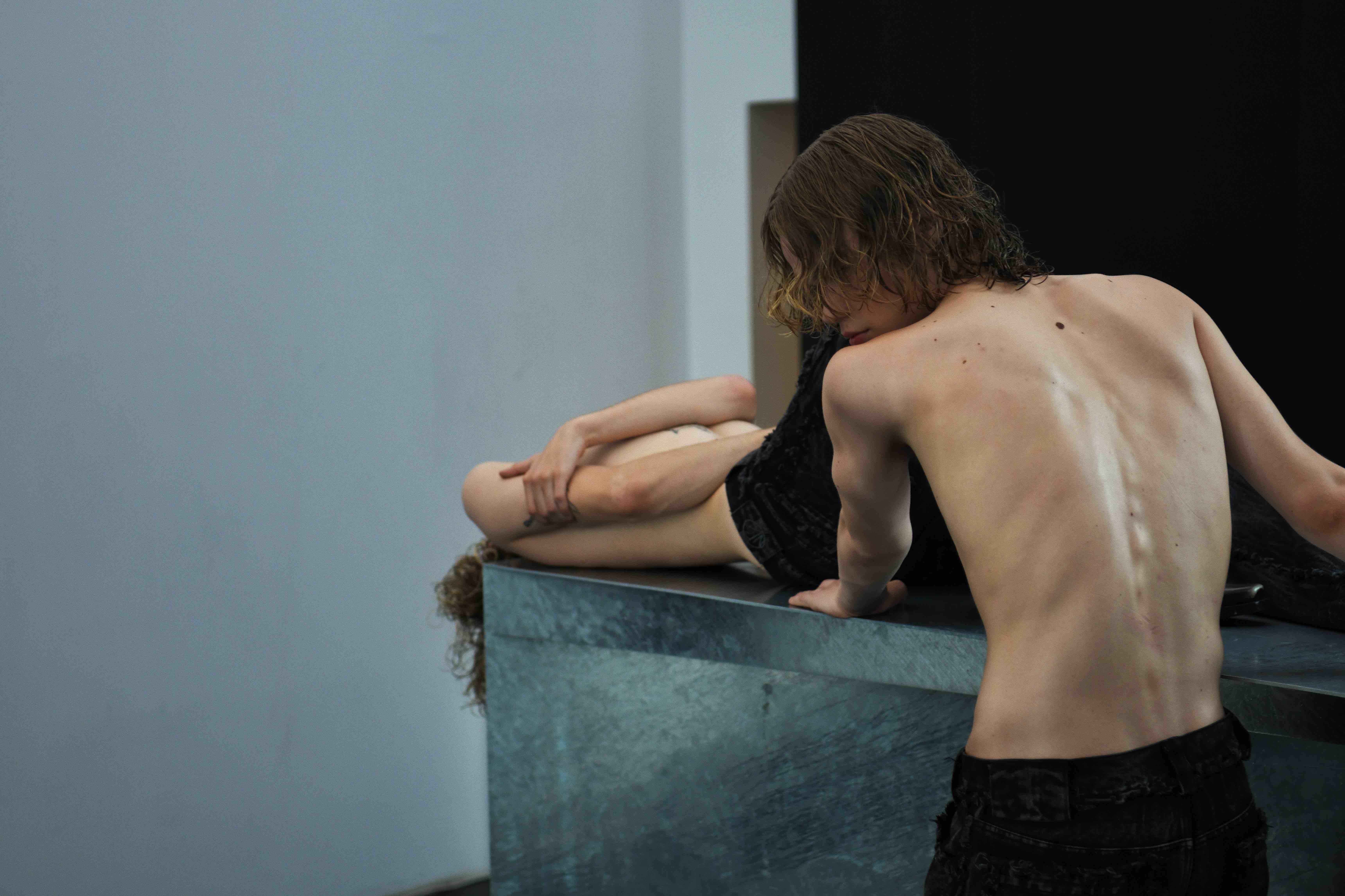
AL: Your brand seems to rely heavily on influencer support, something which is immediately paired with stigmas, such as following trends to suffice the pressure to “stay viral.” How do you balance staying true to your aesthetic while responding to shifting trends in the fashion industry?
MH: The Y2K aesthetic is currently á la mode, so of course it is important that we don’t detach from it completely. But at the same time, we should bring back new influences to keep the No/Faith Studios stamp. Like everyone else, Luis has developed since he started the brand at the age of 15. You change your mind as you grow from phase to phase. Don’t forget that Luis went through a development phase that everyone goes through between the ages of 15 and 22. You change your mind from phase to phase. That's different from having a designer sitting here in his 40s who views his career development from a distance.
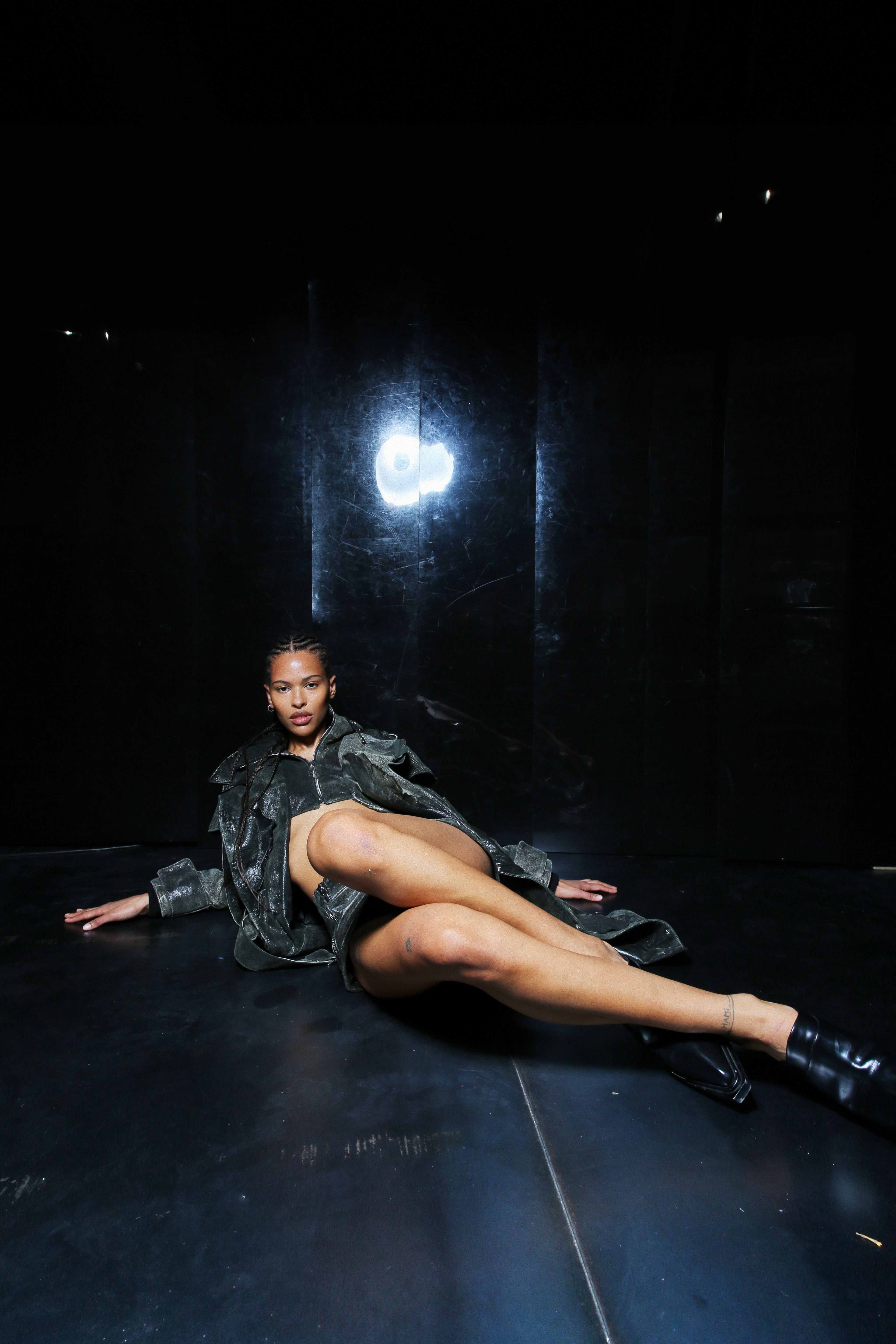
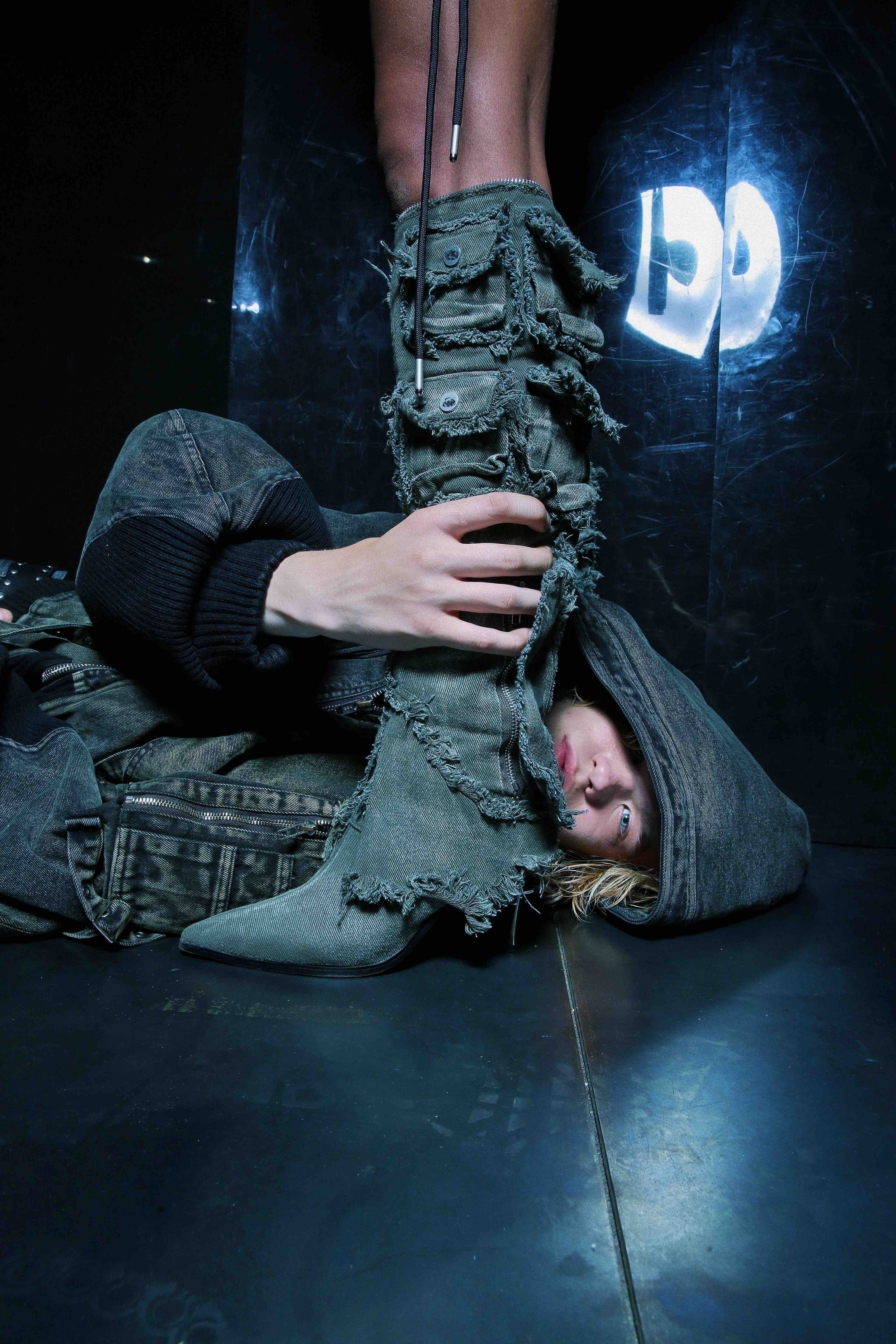
AL: Do you intentionally cater to influencers and younger demographics?
LD: I don’t limit myself to a specific audience or age group. Our customer base is very broad: everyone from ravers to people celebrating the cowboy western style love our perennial favorite flare denims. There are some TikTok kids wearing our pants as well as people who rock them during Paris fashion week. Our design process is not driven by trends or monetary gain, such as capitalizing on the popularity of Y2K. It's what I myself wear. I love a style that exudes an antisocial vibe [laughs]. It's cool to mix something antisocial with something elegant.
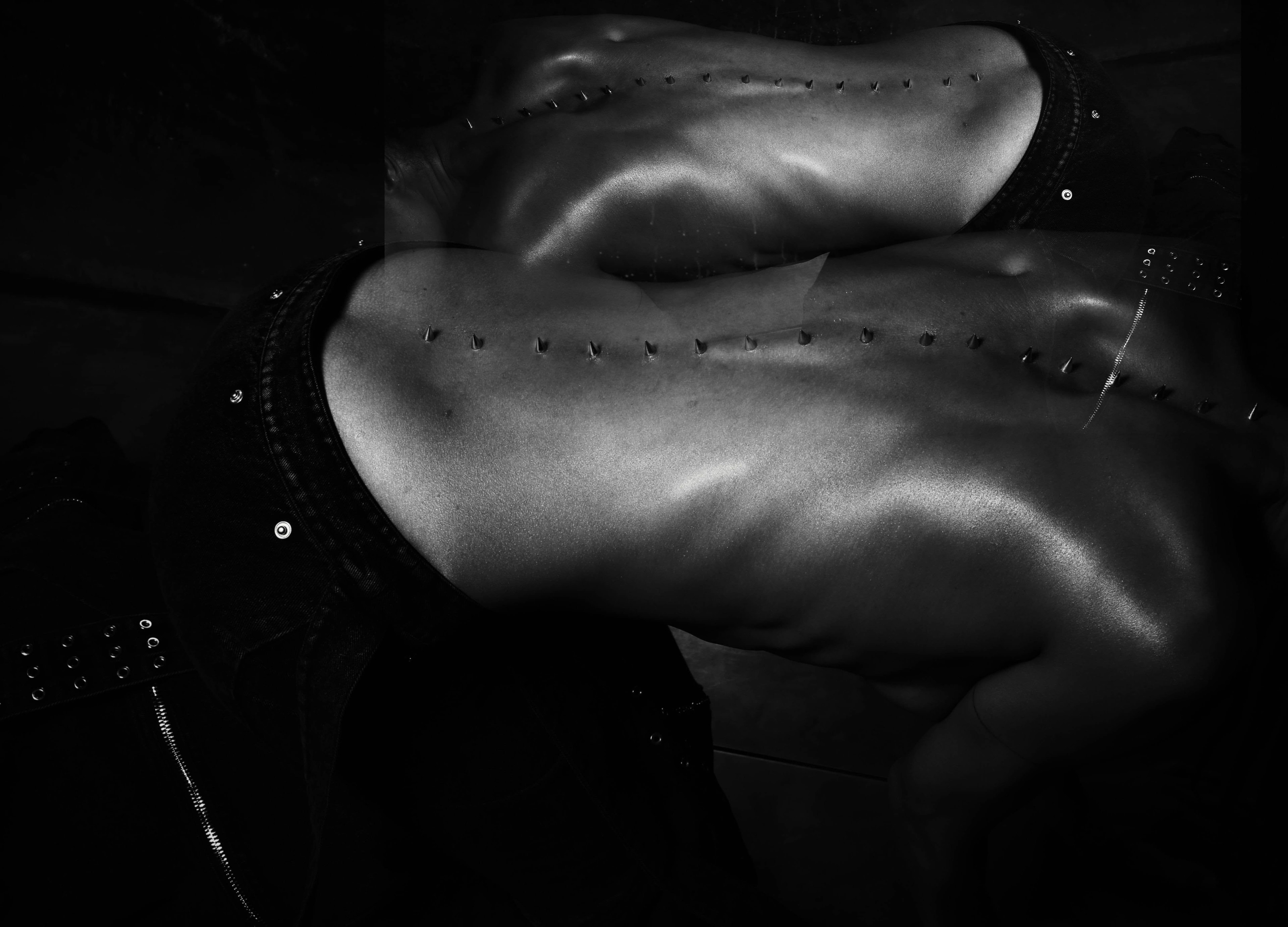
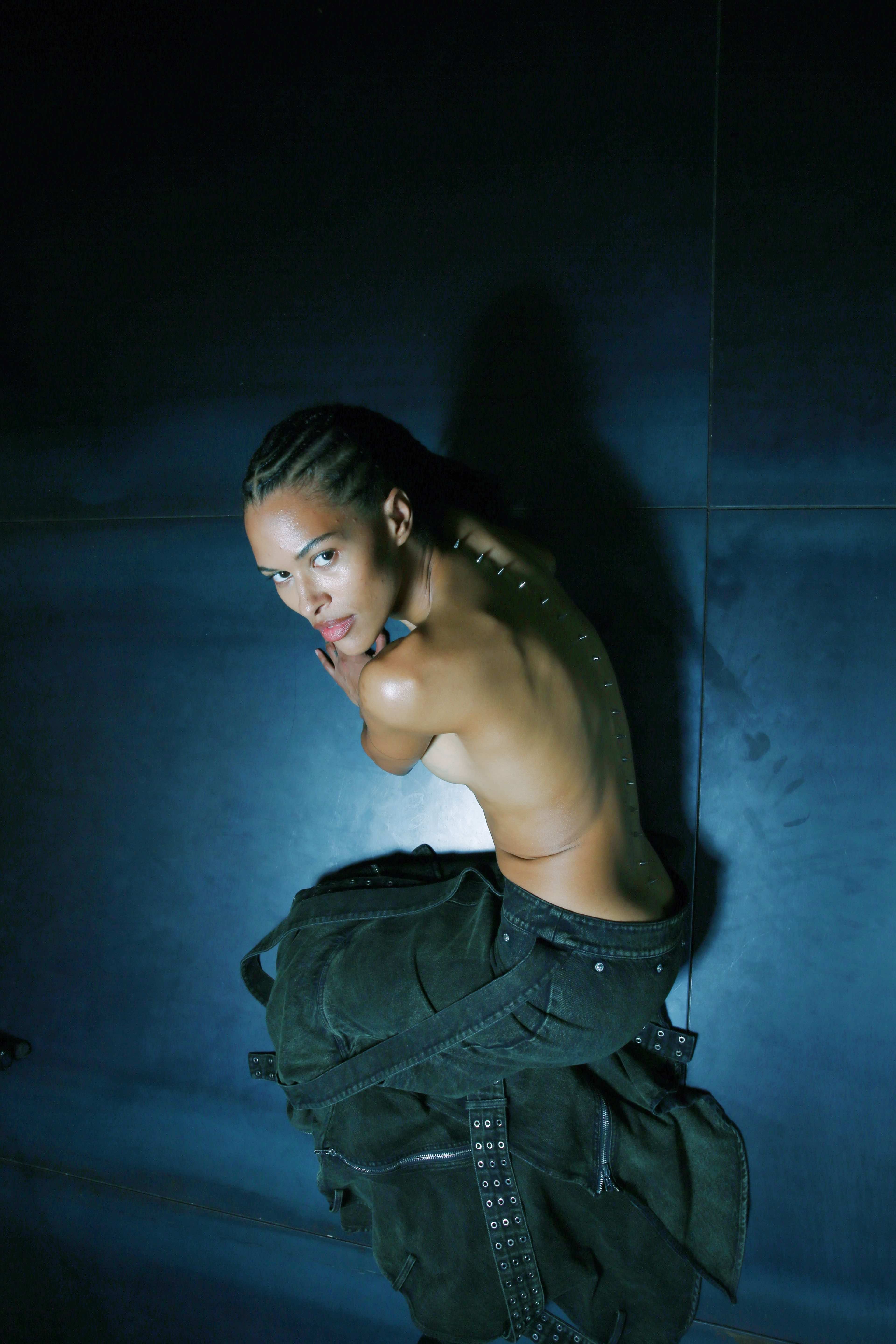
MH: I do think we realize what garments resonate better with the younger crowd though we do reach other demographics by tweaking our design and collection visuals.
LD: Especially with leather pieces. The hefty pricing of these pieces go beyond the wider accessibility of the denims but at the same time, allows us to tap into a new audience. And it’s not some run-of-the-mill influencer or TikToker. A-listers such as Julia Fox or Lil Uzi Vert slide into my DMs seeking pieces. It’ll probably take one or two more collections to fully develop but people smell that we’re charting a new course.
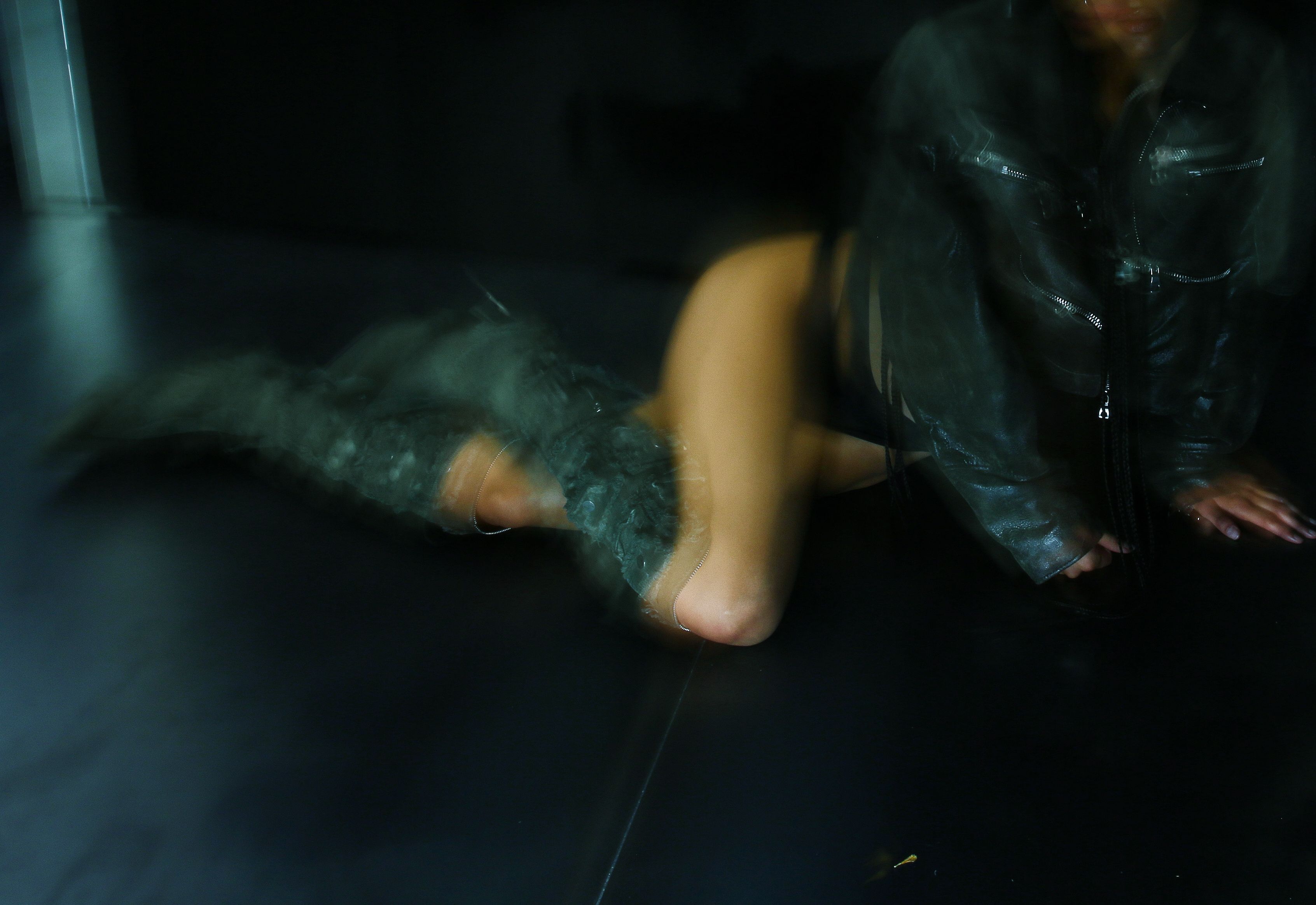
AL: Let’s touch on your studio in Germany’s provincial town Firmenich. The former stoneware factory has been transformed into a “culture factory.” How did this come about?
LD: I come from Kommern, a town that’s approximately five minutes away. My parents still live there, it’s my home. Firmenich is truly a hidden gem that’s a little bit stuck in the past and tucked away from the hustle and bustle. With a studio, a massive storage space, and a smaller area, it’s the perfect spot for pulling back from all distractions and focusing on work. I imagine finding a space like this in Berlin or Paris is close to impossible at this stage for the brand. The one drawback is finding models quickly for spontaneous shoots. Although it’s possible to make arrangements, it’s not always easy in time-sensitive moments.
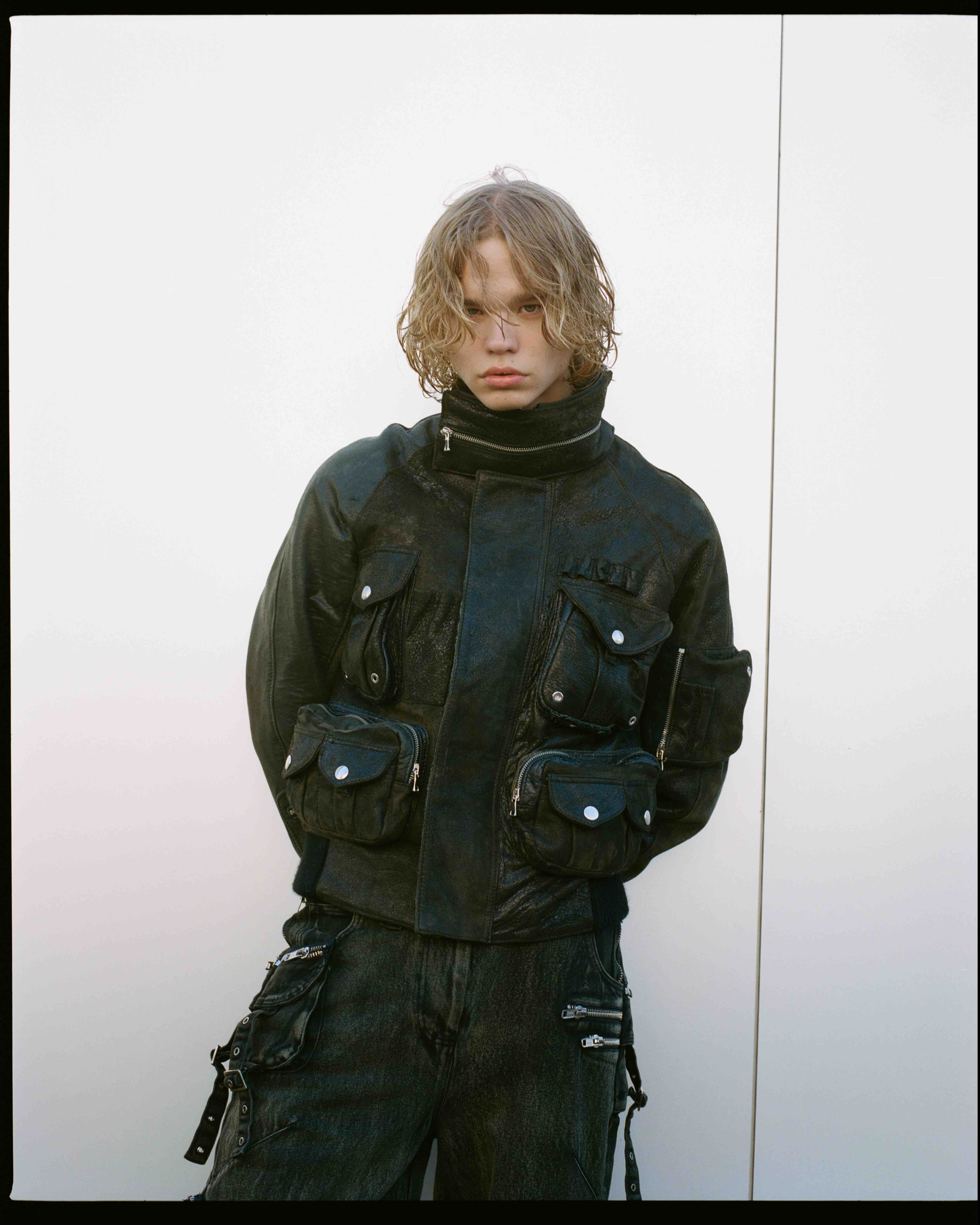
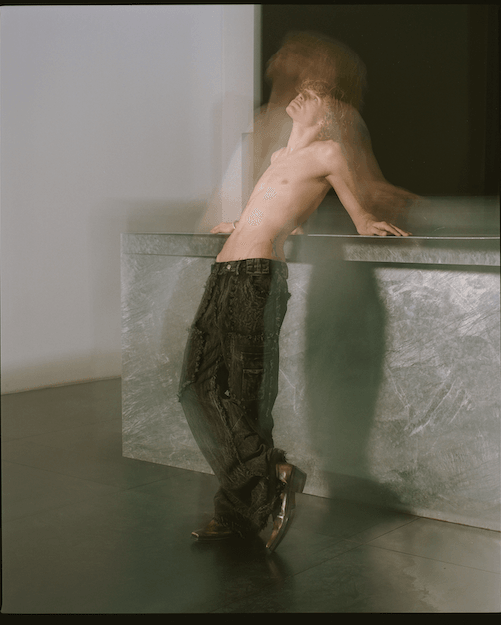
AL: It's notable that you haven’t moved to a bigger city or done a big show.
LD: Eventually, I’ll have to consider opening a studio in Berlin or Paris, but I remain content to bide my time here for another year or two. Theoretically, we could already stage a show, but I believe it takes more than just the pieces to make a show soar; everything surrounding it must align seamlessly. You can do a runway in Berlin, invite a few local tastemakers, and call it a show. But Paris is in a league of its own, and while a showcase looms on the horizon there next year, I’ll only do it if I feel ready. If I don’t feel ready, nothing will happen.
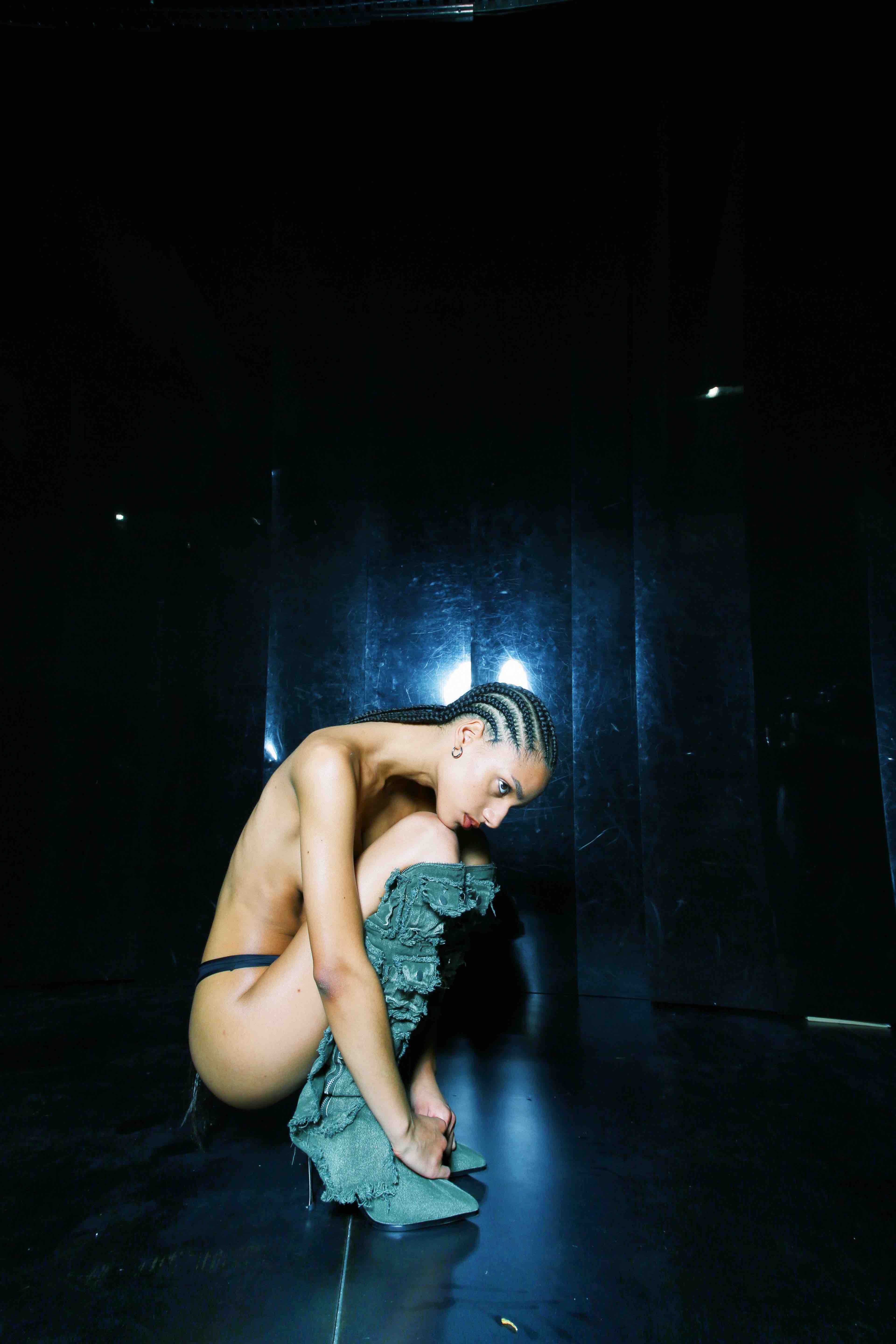
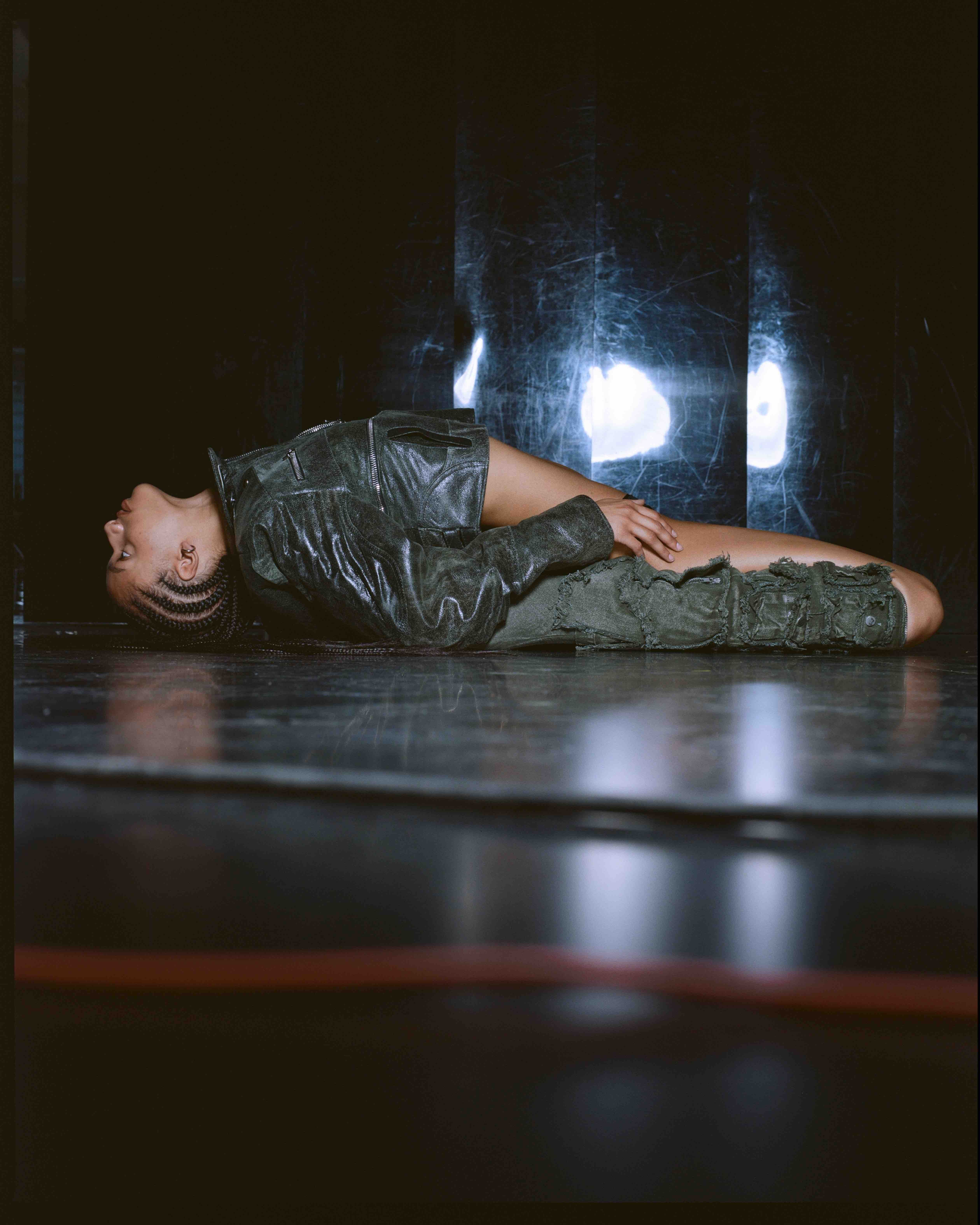
MH: The infrastructure hasn’t been quite right so far. This is the first year where Luis doesn’t have to do everything and battle with a hundred things at once. We could be doing so much more right now, but organic growth is good for the brand. It means we have to be selective with our opportunities. We are already able to do more than last year and in a year, even more will come. And although the hype is most apparent in Germany—the people here are real fans—we send a lot to Japan, the USA, and the UK. These are all stronger markets by now. Over 50 percent of our orders are currently from the USA.
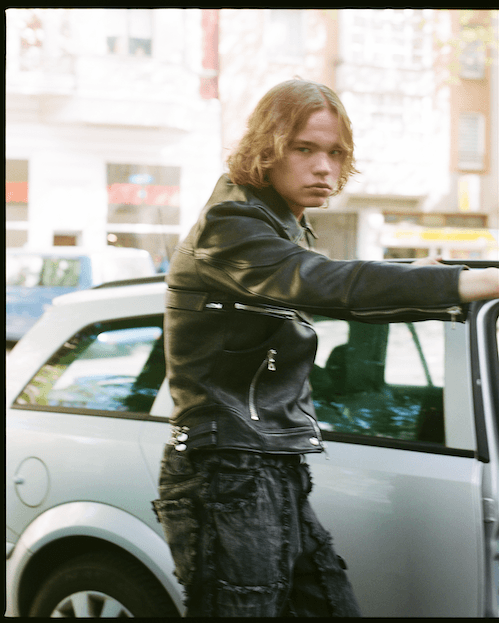
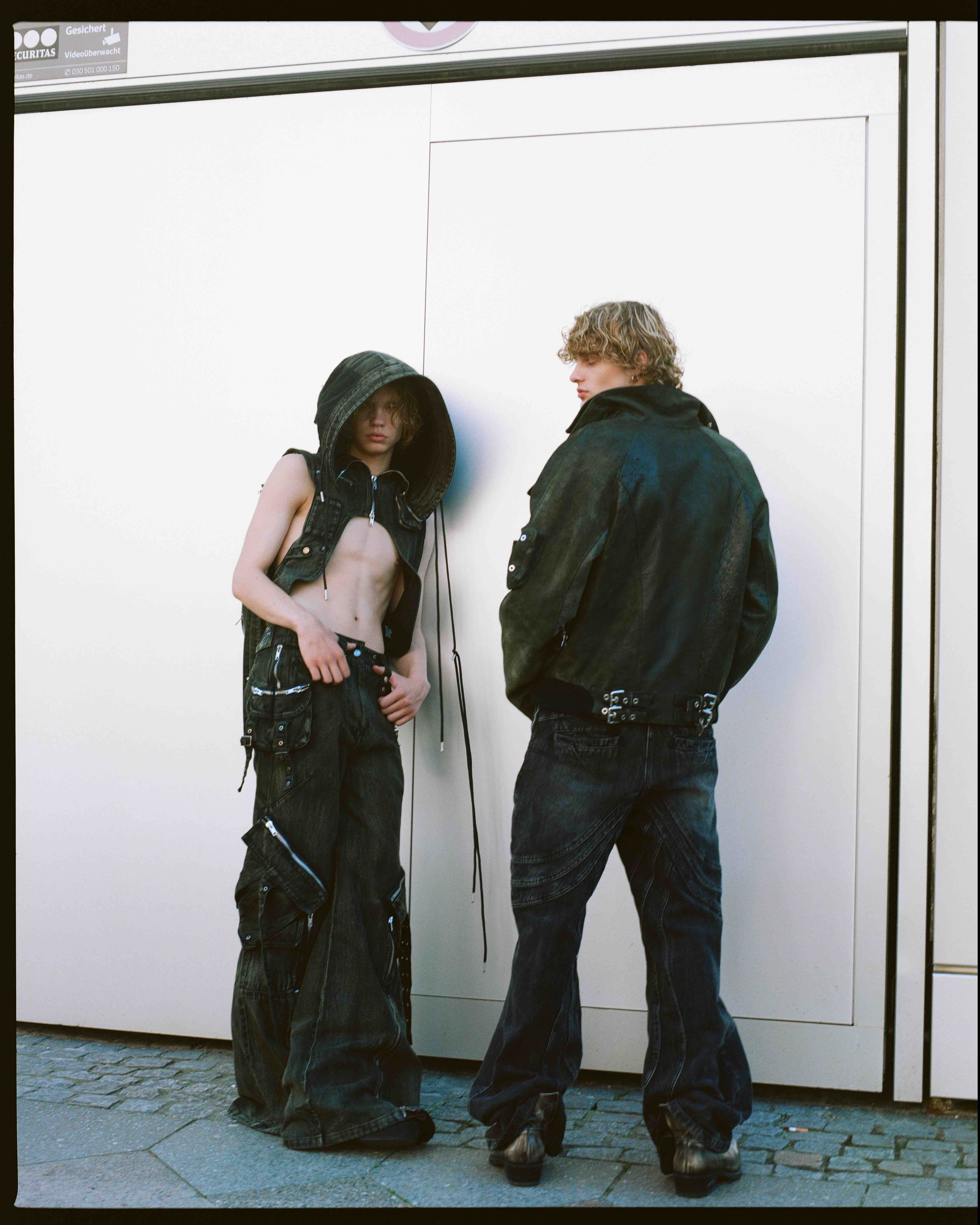
AL: Luis, you’re 22 and growing up alongside your quickly rising brand. Does the fame weigh on you?
LD: Yes. It wasn’t until the No/Faith Studios pop-up in Cologne that I realized the magnitude of my digital reach. On social media, you don't realize what it’s like in the outside world to get 30,000 social media clicks. It was insane to see the street filled with a few hundred people. This surreal scene marked the first time my parents were fully able to understand the scope of my influence and see that I had found my calling.
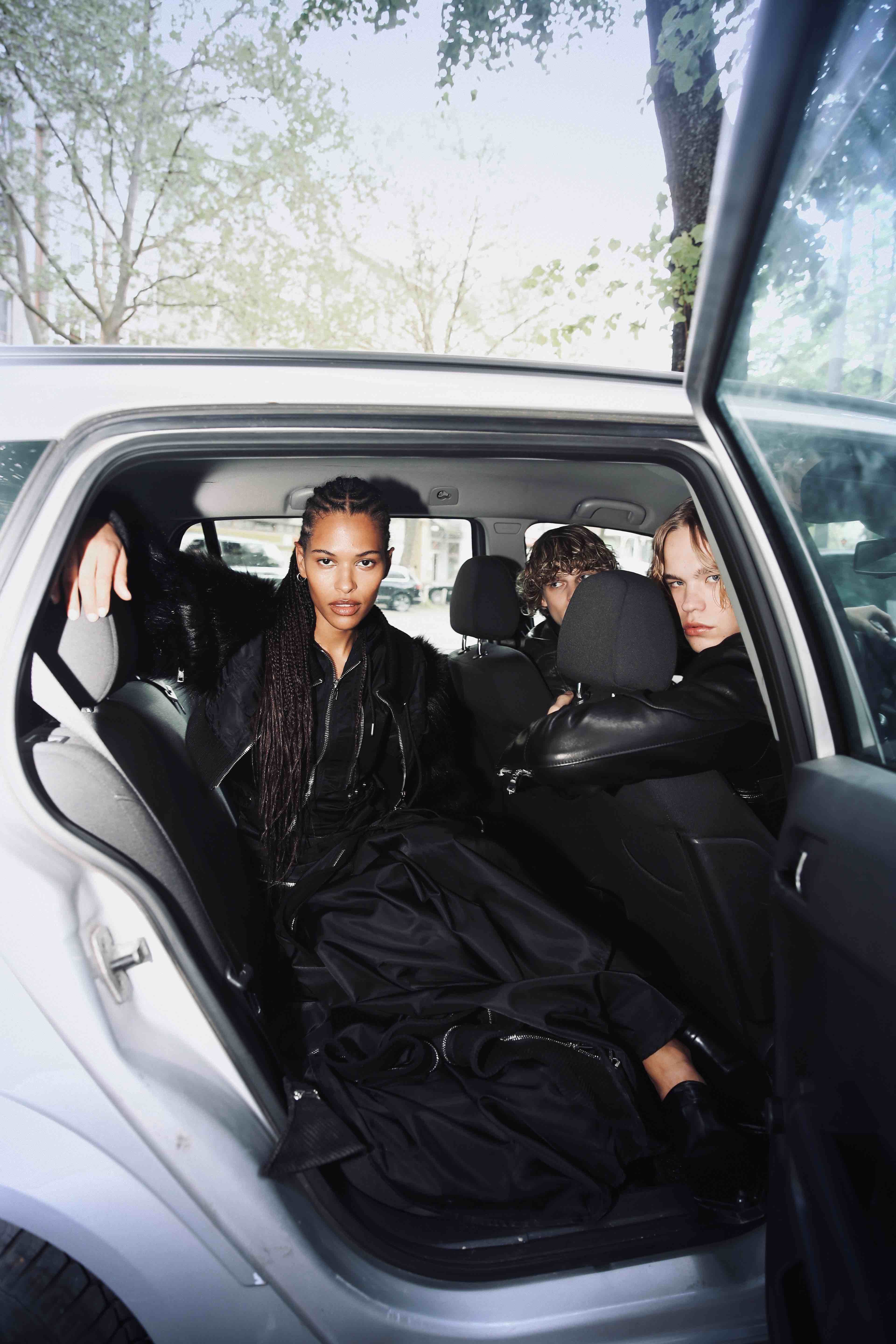
Credits
- Photography and Text: ALMA LEANDRA
- Digital Tech: Johann Sebastian Hänel
- Model: Lucan Nowakowski
- : Mikus Buddrich
- : Jamela Beyeler
- : Yenni Schwan
- Hair and Makeup: Naomzz
Related Content
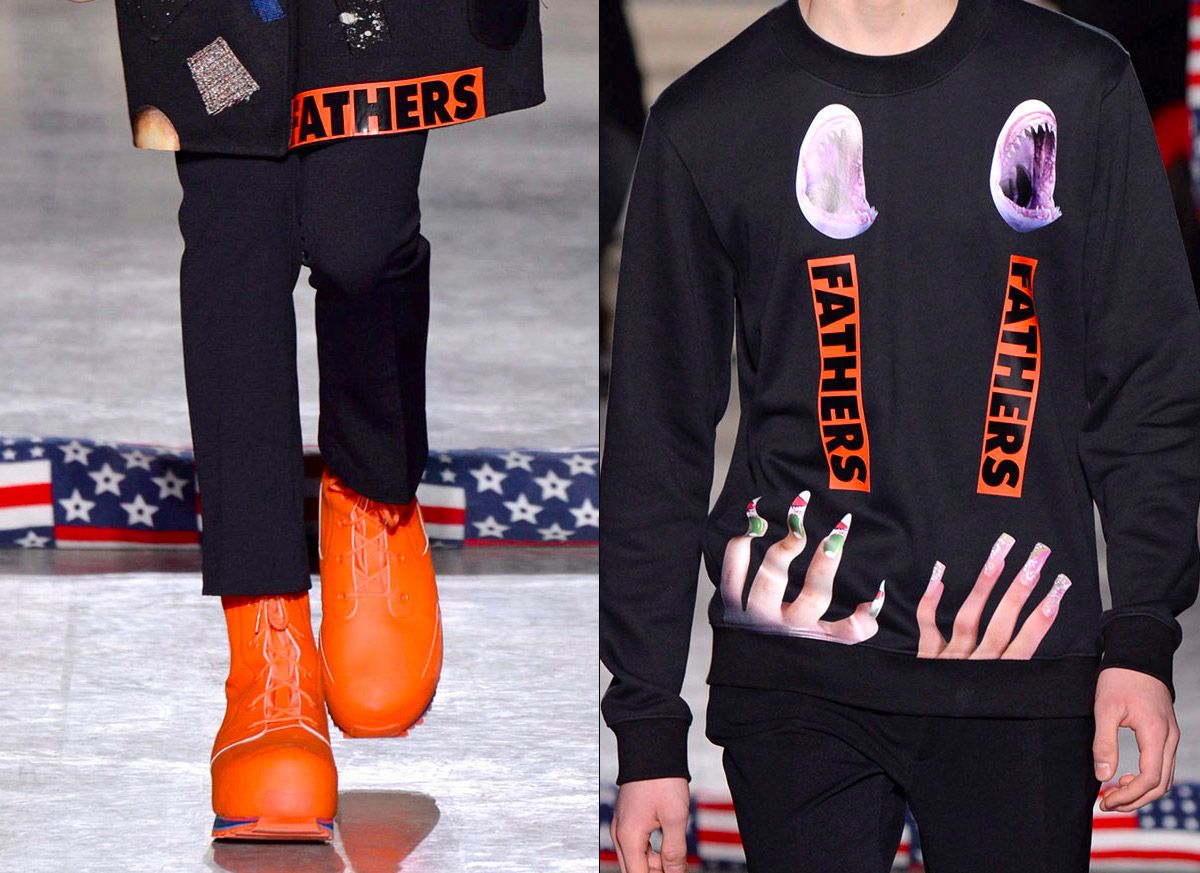
RAF SIMONS and STERLING RUBY Have Perfectly Executed the Designer-Artist Collaboration
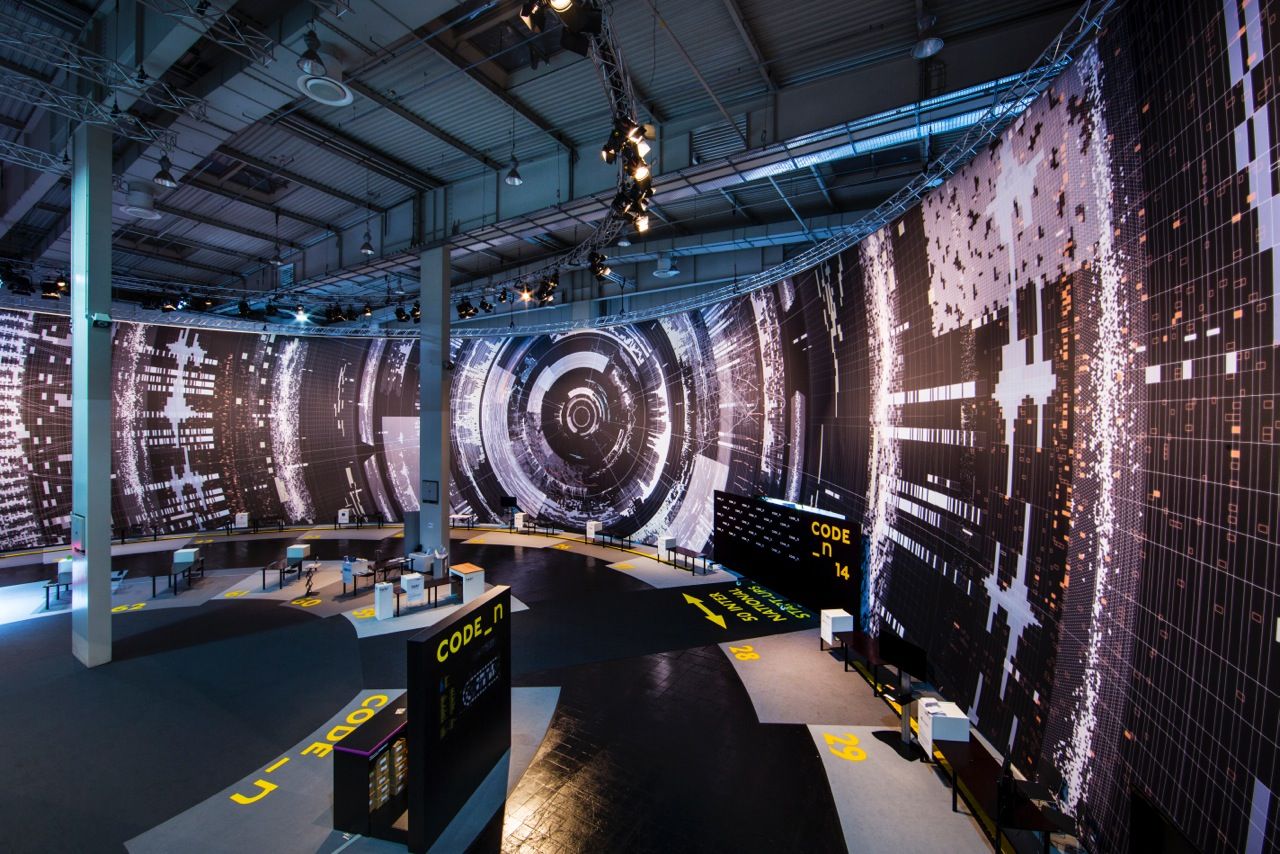
“My Display Is Bigger Than Yours” : Designers KRAM/WEISSHAAR Take Big Data and Make it Bigger
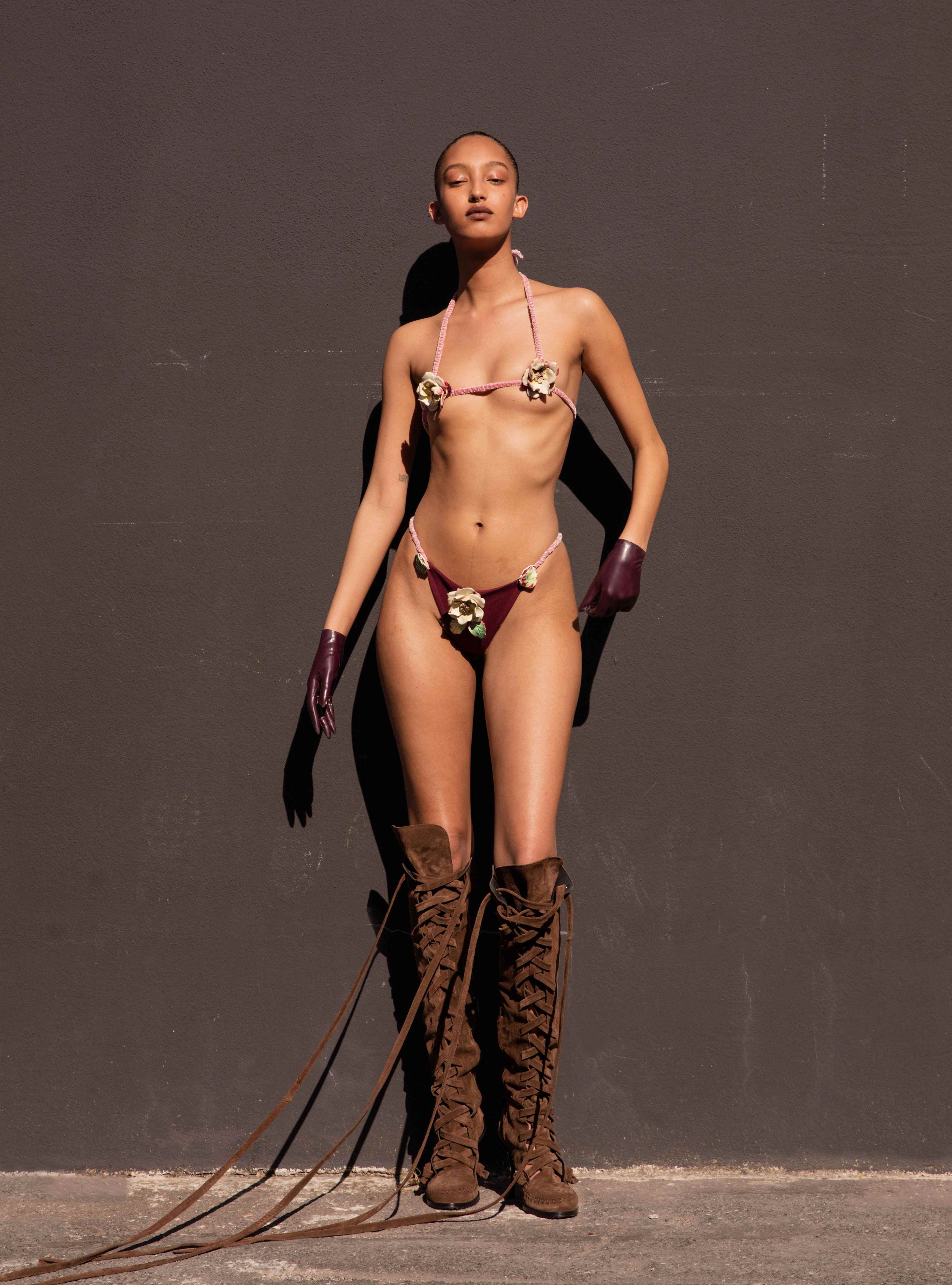
MONA TOUGAARD in “The Whole World Glows Outside Your Eyes”
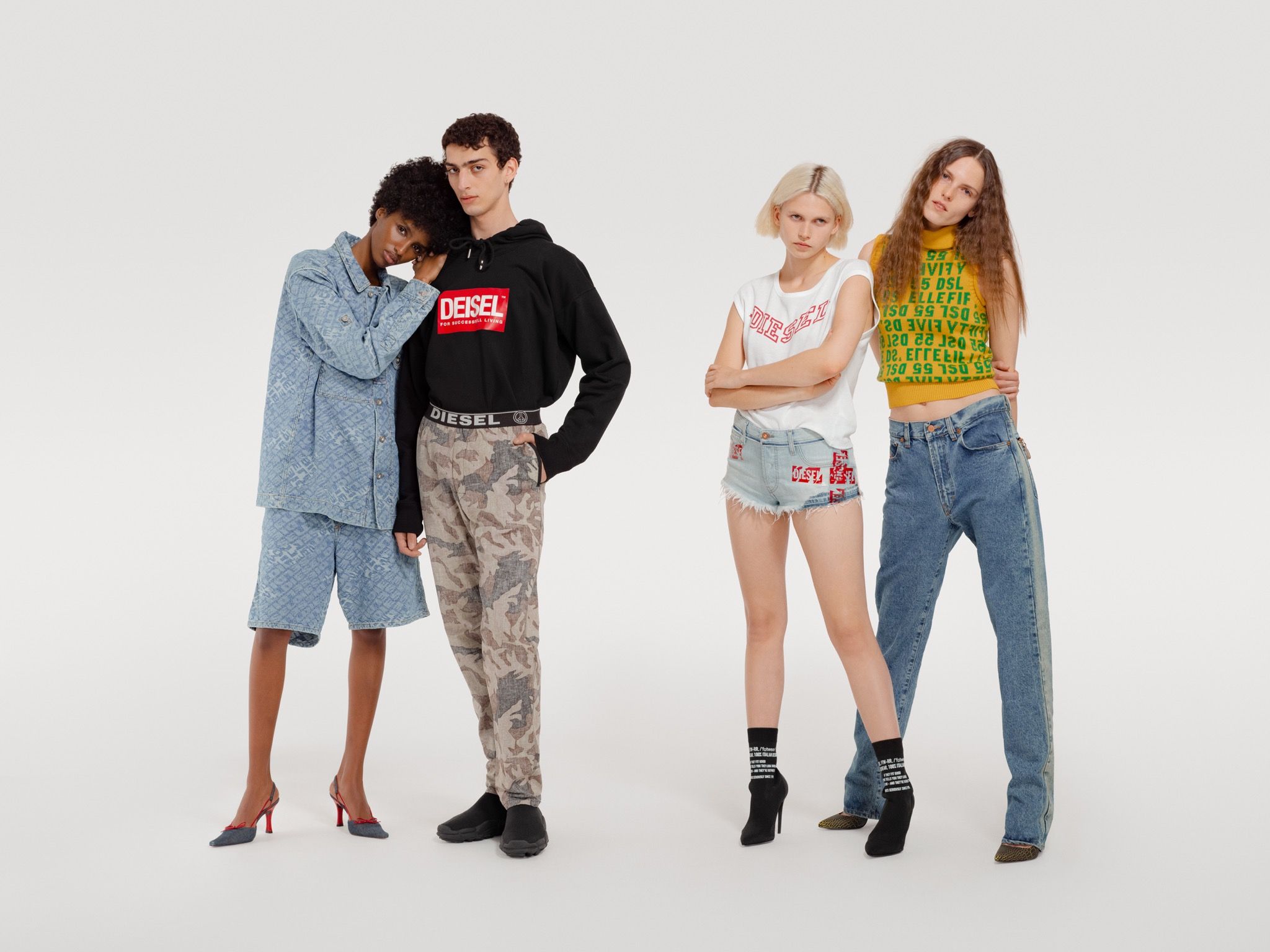
DIESEL 5D: Denim’s Enfant Terrible Enters its Fifth Decade
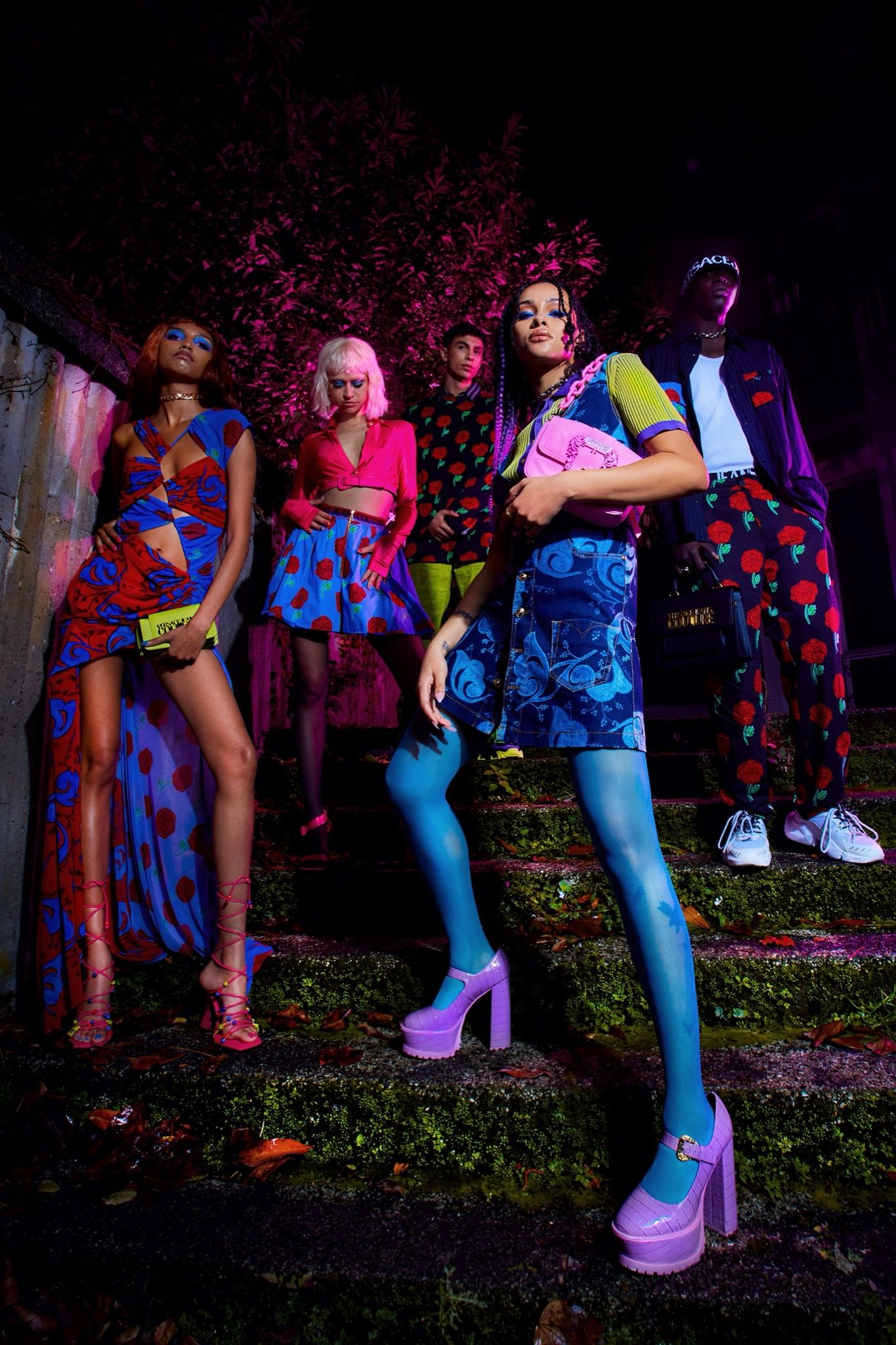
Heritage Futurism: Versace Jeans Couture SS2023
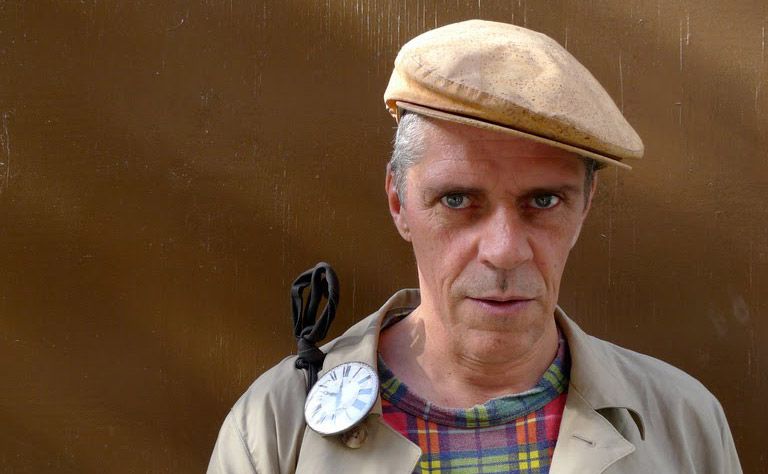
Jeweler JUDY BLAME and Punk’s Baroque Period
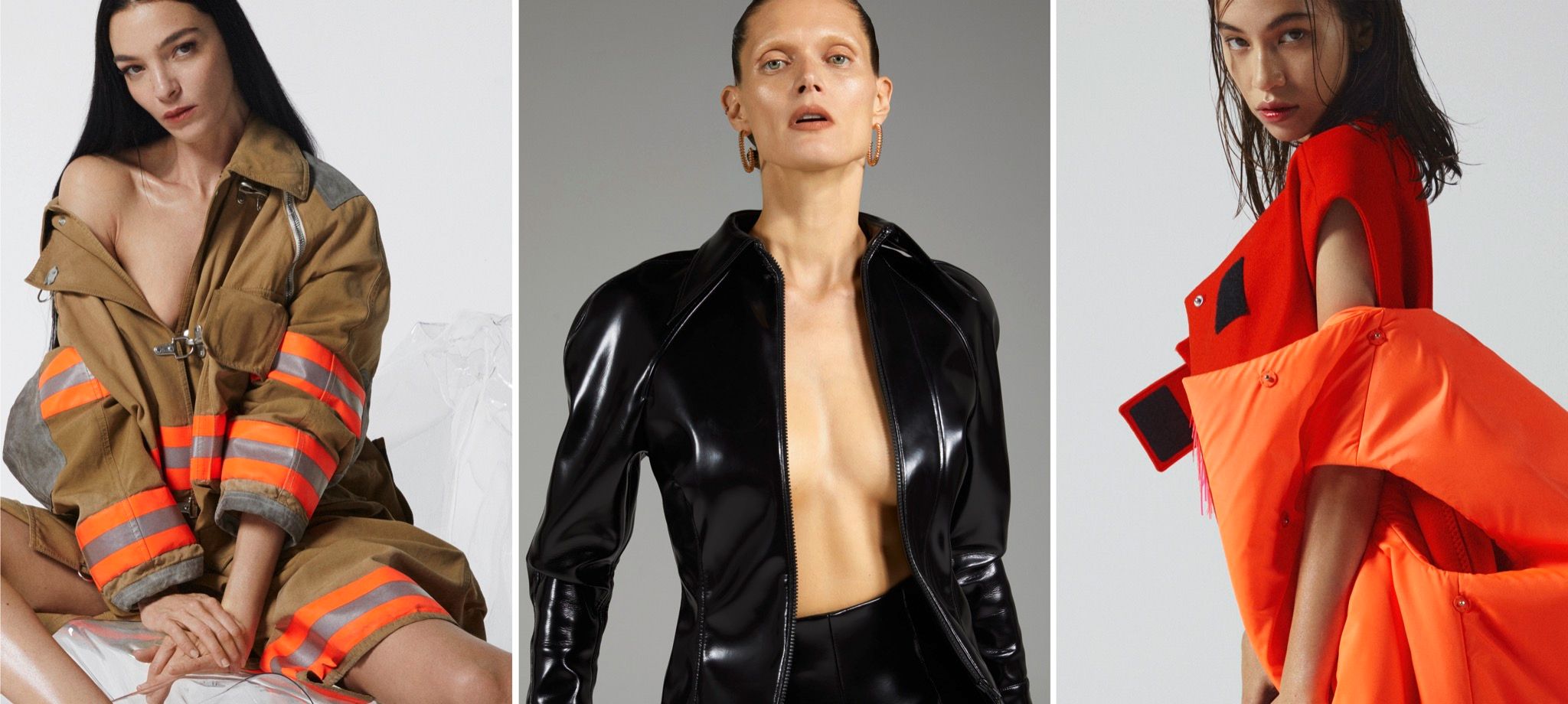
The Power of Three: THOMAS LOHR’s Techno Sexual Fashion Photography
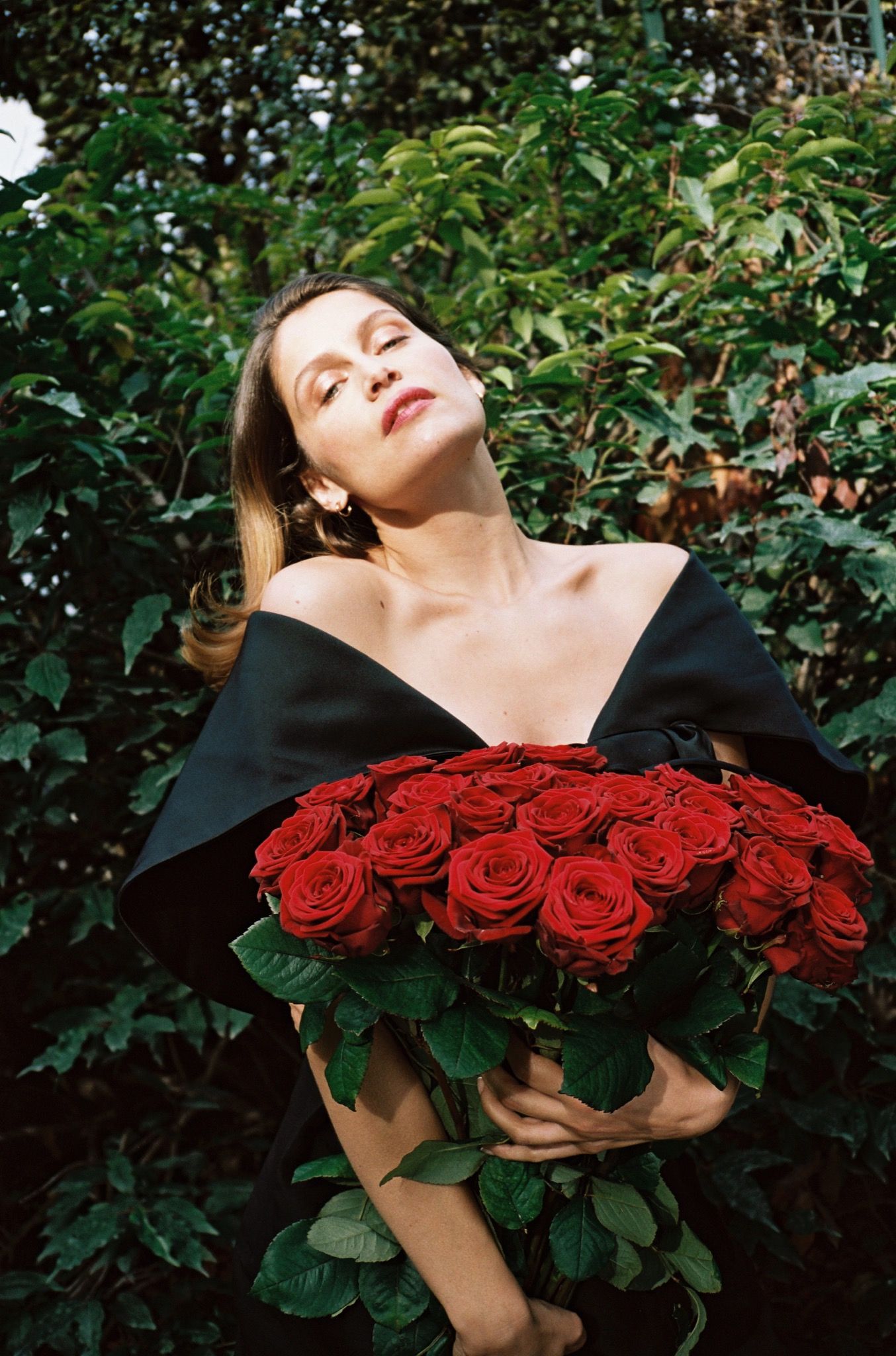
“Seduction is a philosophy, and the fashion world is nothing less than a world of temptations.” In the Garden With LAETITIA CASTA